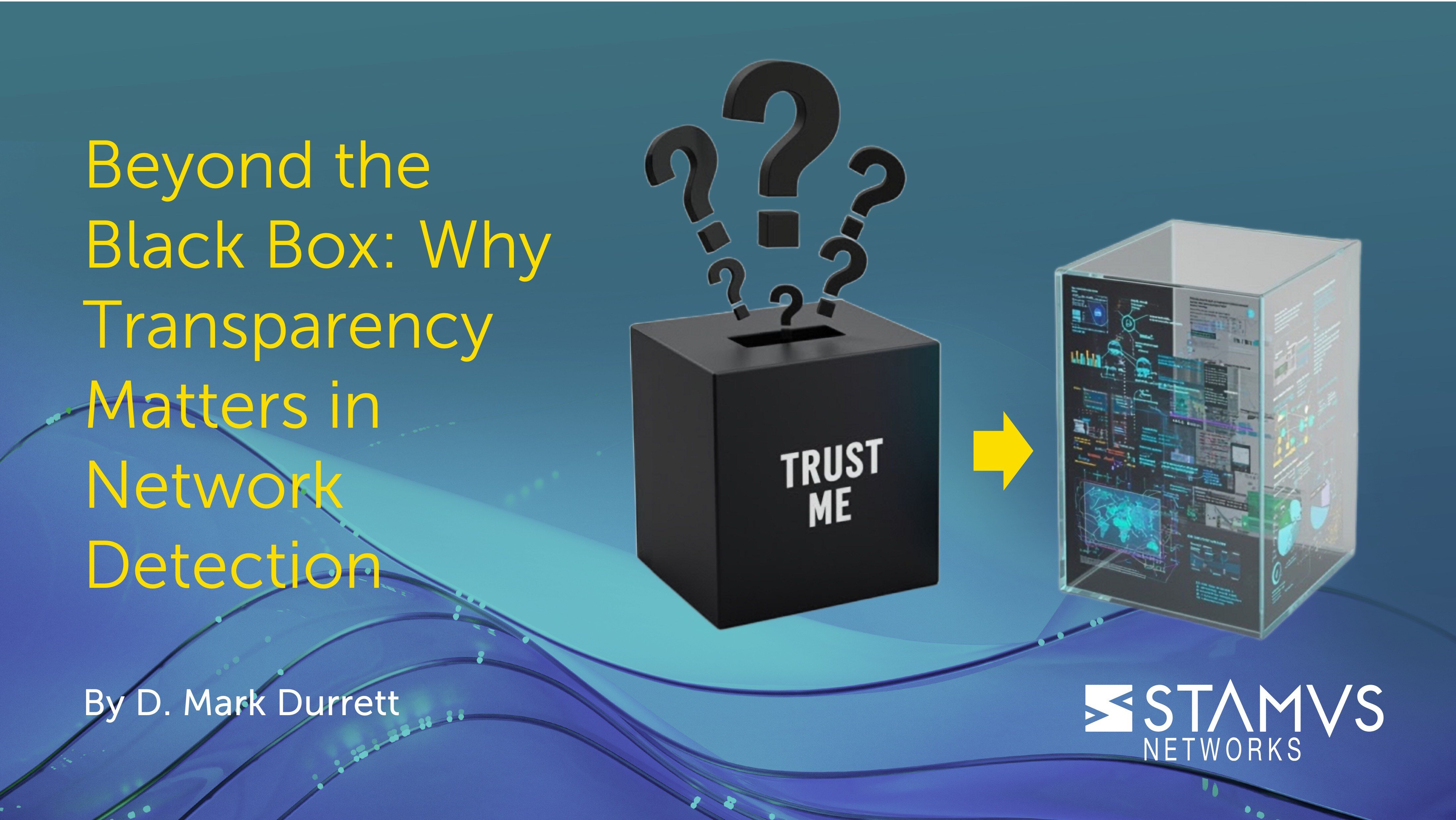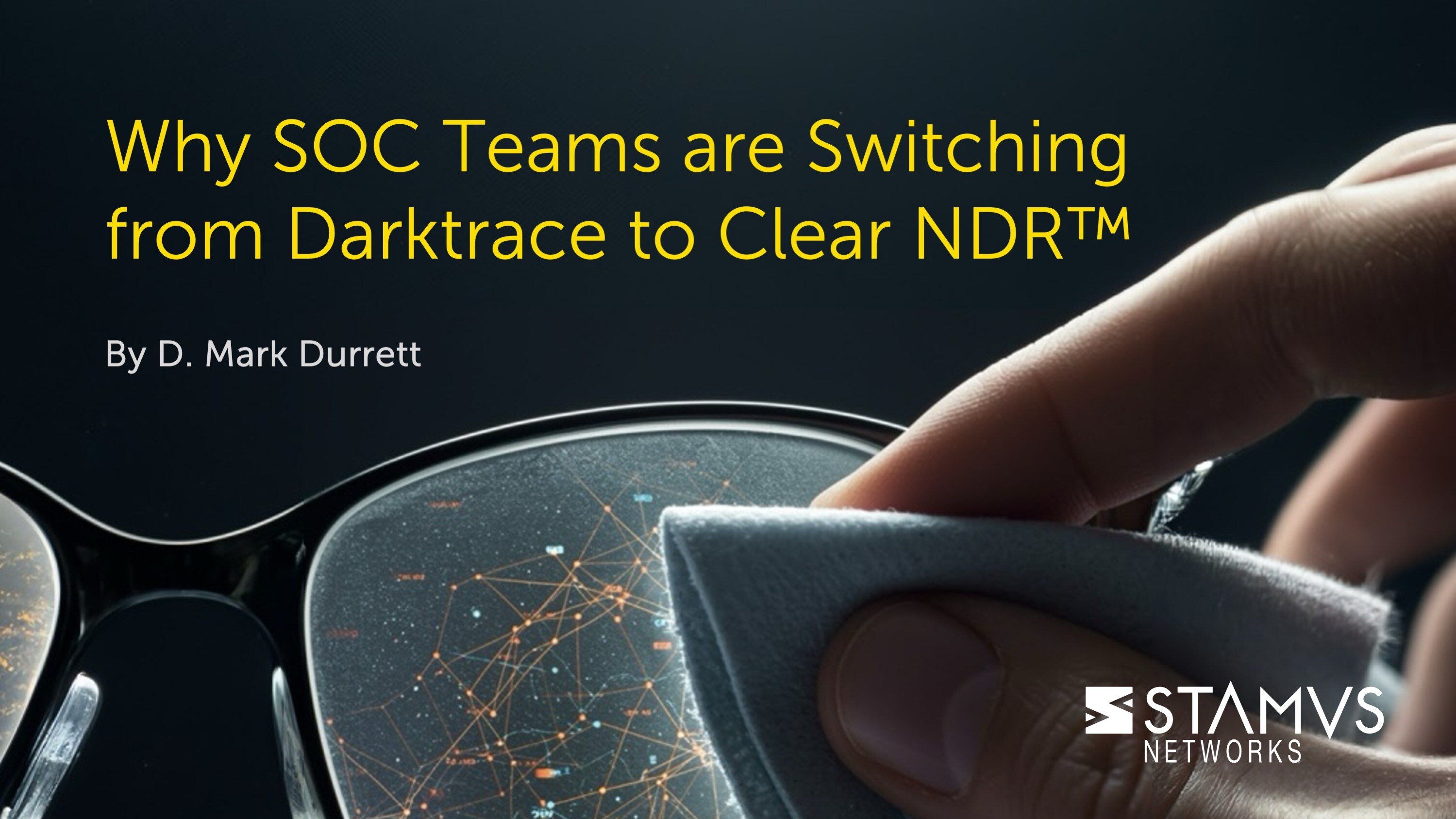Network Detection and Response (NDR) is an incredibly effective threat detection and response solution that uses continuous network monitoring to identify serious and imminent threats. NDR vendors have spent countless hours developing solutions that are equipped to handle the modern threats organizations around the world face daily. For those unfamiliar with NDR, a good starting point is learning more about the purpose of NDR and how it could help your organization stay ahead of cybercrime.
What is NDR used for?
Network Detection and Response (NDR) is primarily used for the following four use cases:
- 1. Automated Threat Detection - Advanced algorithms and machine learning automatically identify potential threats within network traffic. Continuous monitoring and network data analysis enable network detection and response (NDR) solutions to detect anomalous behaviors, malicious patterns, and IOCs in near real-time. This enables security teams to perform the following use-case – incident response.
- 2. Incident Response - By capturing detailed network activity logs and traffic data, NDR empowers security teams to reconstruct the sequence of events, investigate the root cause, and understand the extent of the breach. This enhanced visibility allows for faster response times, enabling organizations to contain and mitigate the impact of security incidents efficiently.
- 3. Proactive Threat Hunting - Security analysts can use advanced search capabilities, behavioral analytics, and threat intelligence to actively explore network data, identify hidden threats, and uncover emerging attack patterns. Proactive threat hunting helps organizations stay ahead of threat actors, detecting and neutralizing threats before they cause harm.
- 4. Remediation - Once a threat is identified, a network detection and response (NDR) system can automatically trigger a response action through integrations with other systems like EDR to block suspicious IP addresses, isolate compromised end-user devices, or implement access control policies. These actions help contain the threat, prevent lateral movement, and minimize the impact of a security incident.
What are the benefits of NDR?
NDR solutions provide several benefits to organizations seeking to strengthen their cyber security posture:
- Advanced Threat Detection: NDR solutions leverage behavioral analysis, signature-based detection, and machine learning techniques to detect and identify sophisticated threats, zero-day attacks, and advanced malware that may evade traditional security measures.
- Passive Monitoring: NDR solutions are non-intrusive, inspecting a copy of the network traffic from a packet broker or mirror port. This allows organizations to gain real-time insights and detect potential threats without impacting network performance or disrupting operations.
- Anomaly Detection: NDR solutions analyze network traffic patterns and behaviors to detect anomalies, helping organizations identify potential security breaches, unauthorized activity, and insider threats.
- Lateral Movement Detection: NDR solutions can identify lateral movement within the network, helping organizations detect and prevent the spread of threats from one system or user to another, enhancing overall network security.
- Agentless Deployment: Unlike Endpoint Detection and Response (EDR) systems, NDR systems are agentless. This eliminates the need to install software on individual endpoints, simplifying deployment and reducing maintenance and support overhead. This is especially beneficial in environments where there are no typical endpoints, such as an organization that supports a bring-your-own-device (BYOD) model, an Internet of Things (IoT) environment, and military, medical, or industrial control systems.
- Forensic Analysis: NDR solutions provide detailed network logs, file extraction, packet capture, and other critical event metadata, aiding in incident investigation and forensic analysis. This helps users understand the attack methodology, support legal proceedings, and prevent future incidents.
- Threat Hunting: NDR solutions facilitate proactive threat-hunting activities by allowing security teams to search for potential threats, identify novel or unknown malware, and uncover malicious or unauthorized activities that may have evaded other security measures.
- Compliance and Regulatory Requirements: NDR solutions provide the necessary visibility, logging, and reporting capabilities to meet compliance obligations, ensuring organizations adhere to industry regulations and data protection standards.
- Network Performance Optimization: NDR solutions can offer insights into network performance, including traffic patterns, bandwidth utilization, and application performance, helping organizations optimize their network infrastructure and enhance overall efficiency.
- Network Hygiene Auditing: NDR solutions can provide insights into the health of an organization’s network systems. By continuously monitoring traffic, organizations can better identify and address potential security risks, misconfigurations, and vulnerabilities.
Why is NDR so important?
NDR cybersecurity solutions are important because they provide organizations with increased network visibility, which is the key to gaining a deeper understanding of an organization's network infrastructure. The network visibility provided by NDR leads to three main advantages:
- Early Threat Detection: By maximizing network visibility, organizations can identify malicious activities and indicators of compromise (IOCs) at their earliest stages. Network traffic holds essential information to spot abnormal behaviors, suspicious communication patterns, and unauthorized activity. This early detection empowers security teams to respond promptly and mitigate threats before they cause significant damage or compromise sensitive data.
- Rapid Incident Response: Increased network visibility enables real-time monitoring and analysis of network traffic, allowing organizations to respond swiftly to security incidents. Clear visibility into network activities helps security teams identify the incident's scope, trace its origin, and take immediate action to contain and remediate the threat. Timely incident response minimizes potential damage, reduces downtime, and aids in quickly restoring normal operations.
- Comprehensive Threat Analysis: Expanded network visibility facilitates in-depth analysis of network traffic, aiding organizations in understanding the context, nature, and scope of potential threat proliferation. By scrutinizing network communication patterns, traffic flows, and data exchanges, security teams can identify malicious behavior, detect malware infections, unveil hidden threats, and gain valuable insights into attackers' tactics, techniques, and procedures (TTPs). This comprehensive threat analysis empowers security teams to develop effective countermeasures and enhance overall defenses.
Why do you need an NDR?
You need an NDR because it provides unique features and capabilities not found in other cybersecurity tools. While NDR provides many benefits and fulfills several use cases, here are four compelling reasons an organization might consider NDR software:
- NDR Fills Gaps Left by EDR and Similar Tools:
EDR systems require installing an agent on every device, creating coverage gaps in certain environments like those with IoT devices, many medical facilities, or organizations that allow employees to use their personal devices for work. NDR — operating without agents — provides real-time monitoring for optimal visibility in any environment. - NDR Secures Cloud and Hybrid Environments:
As cloud and hybrid setups become more common, the need for security systems that can monitor these environments is increasing. NDR utilizes network telemetry data — a valuable source for monitoring, analysis, threat detection, and investigation — to monitor cloud assets that use the network for communication. - NDR Benefits Both Security and IT Teams:
Beyond its security advantages, NDR is beneficial for IT teams. It offers heightened visibility into the network, assisting in diagnosing network issues and optimizing overall network performance. - NDR Empowers Zero-Trust Security:
The widely adopted zero-trust security model requires continuous verification of users, devices, and applications on the network. Achieving this verification is challenging without comprehensive visibility into the network, a task easily accomplished with NDR.
What to look for when evaluating NDR solutions
When evaluating NDR options, organizations must consider what each NDR provides. There are 6 key requirements that the best network detection and response vendors fulfill:
- Sophisticated detection
- Transparent, explainable results with evidence
- High-fidelity response triggers
- Guided threat hunting
- Openness and extensibility
- Complete data sovereignty
The Stamus Security Platform (SSP) satisfies all 6 requirements of a mature NDR and is the world’s most advanced Suricata-based network detection and response system. We combine the very best of machine learning, signature-based, IoC matching, and algorithmic threat detection into a single platform that identifies both known and unknown threats lurking on your network.
To learn more about SSP, please view the following resources:
- Stamus Security Platform Data Sheet
- Real World Success Stories: In the Trenches with NDR
- Stamus Security Platform Overview
To be notified of new blog posts and other news, make sure to subscribe to the Stamus Networks blog and the Stamus Spotlight Monthly Newsletter, follow us on Twitter, LinkedIn, and Facebook, or join our Discord.






